
Issue 4 - July - August 2017
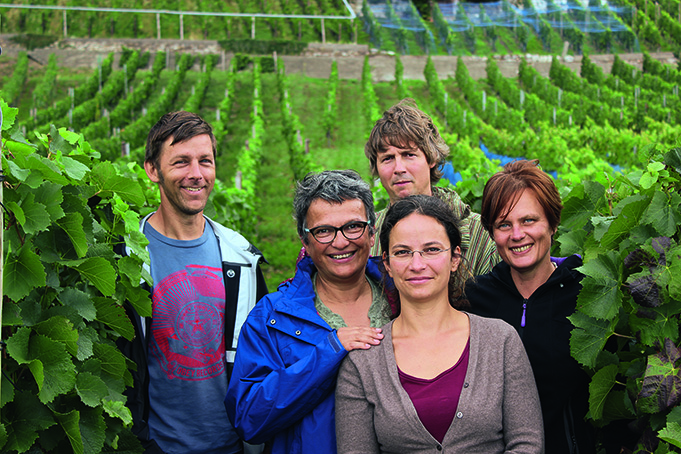
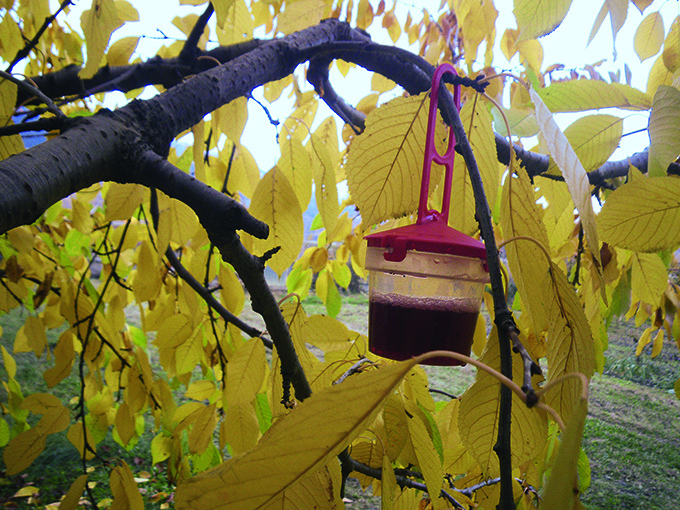
Abstract in open access
Every year, Drosophila suzukii populations grow according to the same timetable: not many captures in the spring, noticeable development in the summer, a peaking of the population in late autumn, then a sizeable fall in the number of captures during the winter. The number of captures depends on temperature and air humidity. Extreme temperatures (heatwaves in the summer or frost events in winter) limit or reduce population growth. Within the temperature range favourable to drosophila, humidity exercises a positive influence on population growth.
Keywords: Drosophila suzukii, National Monitoring, attractants, traps, meteorological data
E-Mail: fabio.kuonen@agroscope.admin.ch
Adress: Agroscope, 1964 Conthey
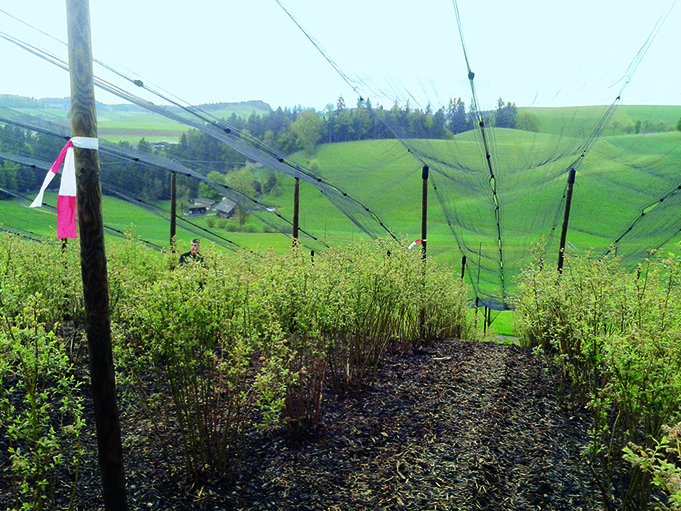
Abstract in open access
Drosophila suzukii causes considerable economic losses especially in cherry and berry crops. Switzerland has a functional approach to managing this pest, which needs to be improved because it does not guarantee adequate crop protection in critical situations. Several tests to evaluate the effectiveness of the control tools were carried out in 2015 and 2016. Several types and colors of traps were compared as well as different attractants. The value of an insect net for crop protection was measured in a blueberry crop. Our tests have shown that Riga attractant is currently one of the best commercially available. The American trap Pherocon is not effective under our conditions, neither Valais nor in Ticino. The insect net has shown its effectiveness.
Keywords: Drosophila suzukii, raspberries, cherries, traps, nets.
E-Mail: catherine.baroffio@agroscope.admin.ch
Adress: Agroscope, 1964 Conthey
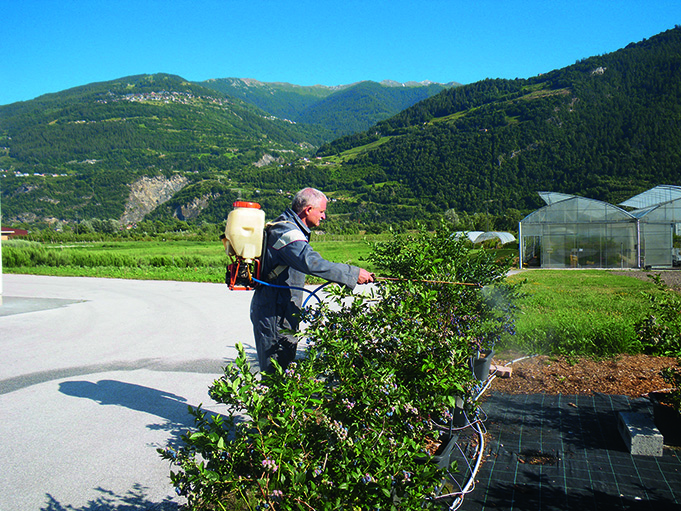
Abstract in open access
In order to control the spottedwind drosophila, Switzerland has set up a control strategy combining a number of measures such as a national monitoring programme, hygiene measures, and a mass-trapping system. In addition, other methods are being tested and evaluated with the idea of supplementing and improving the current strategy. The use of lime, with its repellent and masking properties, is one possible approach to consider. Laboratory and semi-field trials have been conducted to determine the efficacy of this substance against D. suzukii. In the laboratory, lime contributed, although in a statistically nonsignificant manner, to a decline in the attractiveness of the fruits. An ovicidal effect was statistically verified. A semi-field trial also highlights the positive effects of lime, with non-treated plants consistently subject to greater infestation than treated plants. After several applications, a statistically significant difference in the number of larvae per fruit was even detected.
Keywords: Berries, Drosophila suzukii, alternative treatment, lime.
E-Mail: melanie.dorsaz@agroscope.admin.ch
Adress: Agroscope, 1964 Conthey
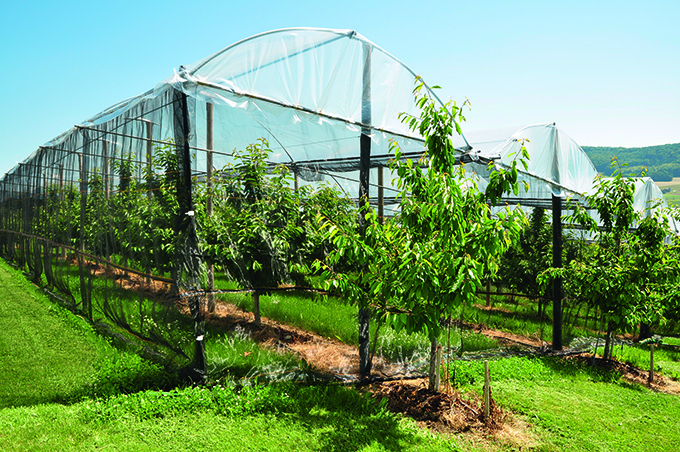
Abstract in open access
With a reproduction rate equivalent to hundreds of eggs per female, an average developmental period of fifteen days, eight to thirteen generations per year, and a host range encompassing practically all pip and stone fruits, Drosophila suzukii, which has only been identified in Europe since 2008, has become a real problem for plant protection. Because there are no sufficiently effective insecticides for either integrated or organic production, it is important for different crop-management and hygiene factors to be taken into account and systematically applied in order to reinforce the action of insecticides and prevent the development of resistance.
Keywords: Drosophila suzukii, integrated production, stone fruits.
E-Mail: nicola.staeheli@agroscope.admin.ch
Adress: Agroscope, 8820 Wädenswil
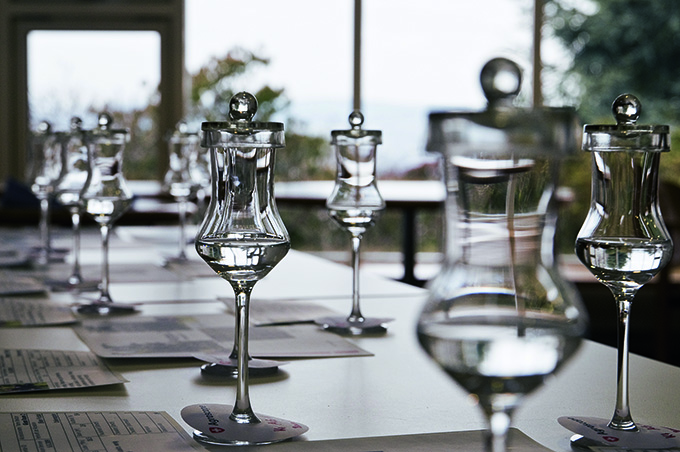
Abstract in open access
When processing cherries with a severe Drosophila infestation, ethyl acetate and acetic acid levels in the distillate increase sharply (Heiri et al., 2016). Agroscope conducted further distillation tests addressing this issue in 2016. The tests showed that acid addition and the use of pure yeast cultures during maceration are two important factors which can prevent a further increase in ethyl acetate and acetic acid. It was also shown that immediate maceration of fruit after harvesting is advantageous.
Keywords: Drosophila suzukii, distillation, quality of spirits, mashing, yeast, acidification.
E-Mail: martin.heiri@agroscope.admin.ch
Adress: Agroscope, 8820 Wädenswil

Abstract in open access
Although the presence of the Spotted wing drosophila (Drosophila suzukii) in Swiss vineyards raised important concerns in 2014, the last two years’ experiences indicate that grapevines have to be considered as a secondary host plant. Yet, eggs can be laid in berries of a great variety of cultivars. With the help of the cantonal authorities we sampled more than 90 000 berries in 500 parcels in 2015 as well as 150 000 berries in 600 plots in 2016. The analysis of this data shows that the sensibility of grapes increases with berry maturation, that in particular the red varieties Acolon, Cabernet Dorsa, Cornalin, Divico, Dornfelder, Dunkelfelder, Galotta, Garanoir, Humagne rouge, Mara, Regent and Syrah are at higher risk and that soft-skinned cultivars are more heavily infested by D. suzukii. However, the role of this new pest for the development of sour rot in the vineyard still needs to be clarified.
Keywords: Viticulture, vinegar, fly, sensitivity, penetration force.
E-Mail: patrik.kehrli@agroscope.admin.ch
Adress: Agroscope, 1260 Changins/Nyon
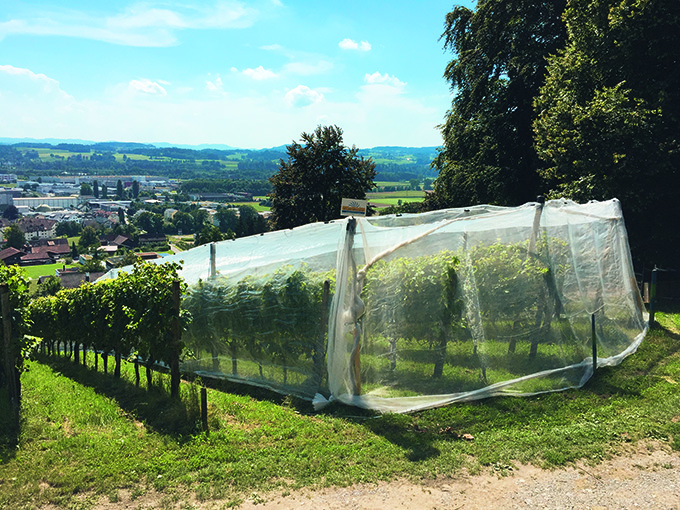
Abstract in open access
Since a few years Drosophila suzukii has been causing damage in Swiss vineyards. In 2016, Agroscope together with the cantonal authorities tested different kinds of exclusion nets in 22 field trials. Although anti-hail nets turned out to be insufficient, insect-proof nets as well as fine-meshed nets against wasps and birds reduced the activity of D. suzukii in the grape zone, decreased oviposition and lowered rot disease at harvest. As long as nets are well closed and tightened, the installation of lateral nets protecting the grape zone is generally sufficient to ensure satisfactory control. The additional costs can be covered in situations where protection against birds and wasps is required anyway and/or in plots of susceptible varieties of a high-added value
Keywords: grapevine, spotted, wing drosophila, exclusion nets, mechanical control.
E-Mail: christian.linder@agroscope.admin.ch
Adress: Agroscope, 1260 Changins/Nyon
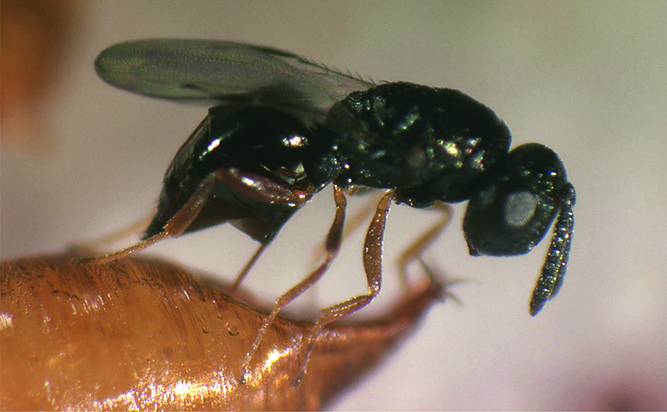
Abstract in open access
The spotted wing Drosophila (Drosophila suzukii) enters an ecosystem in Switzerland with numerous native Drosophila species and their natural enemies such as predators and parasitoids. To investigate the interactions of the spotted wing Drosophila with native parasitoids, field collections were performed. Eight species of parasitoids were collected, differing in abundance according to habitat and season. Laboratory assays demonstrated that the pupal parasitoids developed on the spotted wing Drosophila but not the larval parasitoids, although the latter ones could also reduce fly emergence. This shows that native parasitoids interact with the spotted wing Drosophila and thus should be regarded when developing pest control strategies.
Keywords: parasitic wasp, biological control, semi-natural habitat, Drosophila suzukii.
E-Mail: jana.collatz@agroscope.admin.ch
Adress: Agroscope, 8046 Reckenholz/Zürich

Abstract in open access
Little is known about the importance of landscape structures for the spotted wing drosophila. The variability of landscapes requires many replicates to study their effect on pest species and renders experiments at the landscape scale often complicated. For the first time, we have shown experimentally the role of vegetative structures others than refuges for the spotted wing drosophila using a tunnel with and without apple trees. Larger number of flies caught in the traps in the tunnel with trees indicate that vegetative structures can act as stepping stones and thus promote the dispersion of the spotted wing drosophila. This function, however, is likely depending on temperature, because at lower temperatures most flies were found in traps of the tunnel without trees. The lower number of flies in both tunnels during cool temperatures suggests that flies use vegetative structures as refuges then.
Keywords: Drosophila suzukii, landscape ecology, vegetative structures, dispersion, stepping stones.
E-Mail: ernest.hennig@agroscope.admin.ch
Adress: Agroscope, 8820 Wädenswil

 Download of full issue
Download of full issue
 Download article
Download article